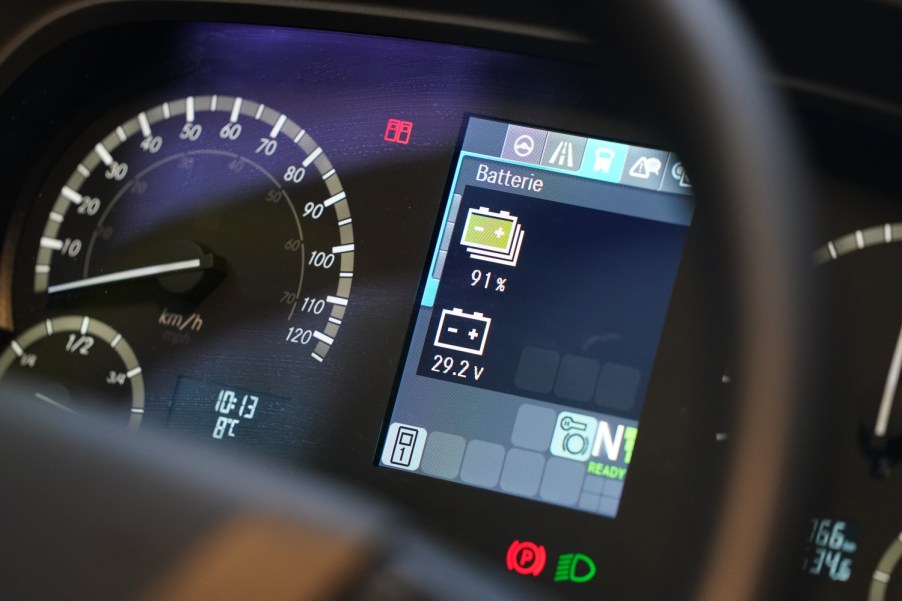
Alaska Is Using an Electric School Bus, and That’s Cool (-40 Degrees, to Be Exact)
Everyone knows Alaska is cold, but not as many know that EVs have trouble in colder weather. Electric vehicles have trouble in any extreme weather, not just the cold. But now Alaska is using a Proterra electric school bus, which seems to be going just fine.
The electric school bus is exceeding expectations in the cold

Alaska Public reported that the Proterra electric school bus was trucking along just fine in the winter weather. Gerald Blackard co-owns Tok Transportation in the area and praised his electric bus. “It has not missed a single day of school,” Blackard joked. Last year, the bus did just fine when the weather was down to -40.
It is Alaska’s first electric school bus, but it seems to be going well. Now into the second year of service, Blackard says it is doing fine. The weather is about to get colder again, which will be another test, but Blackard hasn’t noted any issues since last winter.
“What we found out is the bus heated well. It kept the interior at normal temperature.”
Gerald Blackard
The electric bus expended more energy, keeping the inside warm than actually operating. But it made it through and kept school kids warm on the route.
The electric bus has to remain warm inside for the children
The Alaska Gateway School District requires children to dress warmly, so Blackard must keep the electric bus at 45 inside. The electric school bus did an excellent job staying at that temperature for the most part until the temperature dropped to -30 or -40. At that point, keeping the interior warm drained much of the battery.
“Even with a little bit of insulation on the batteries and kind of covering up the engine compartment, to try to hold in as much heat as we could, we were still using more energy to heat the bus than we were to drive the bus,” Blackard told Alaska Public.
On such days, the bus drains the battery much faster. He noted that on January 27 this year, the temps hit -38. That made the efficiency of the bus drop down to 3.46 kWh per mile. It was between 1.4 and 1.7 kWh per mile in August through September.
Blackard uses a solar panel to generate some electricity
Blackard has a large solar panel that he uses to create energy. The electric bus charger draws 22 kW maximum, but the solar panel only generates 10.8 kW. This means Blackard has to wait longer for the solar panel to charge the bus, or he has to plug into the local power grid.
He hopes to add a power bank at some point to help get more power when necessary. The cost of the electric bus set Blackard back $50,000 for the $400,000 bus. A new program by the Alaska Energy Authority covered the rest of the price.
The data collected from Alaska’s first EV bus is being shared witvariousof companies. Blackard shares information with the energy authority, University of Alaska Fairbanks Alaska Center for Energy and Power, the bus battery manufacturer Proterra, and Thomas, the bus manufacturer. For now, it seems the first Alaskan electric school bus is buzzing along just fine.



